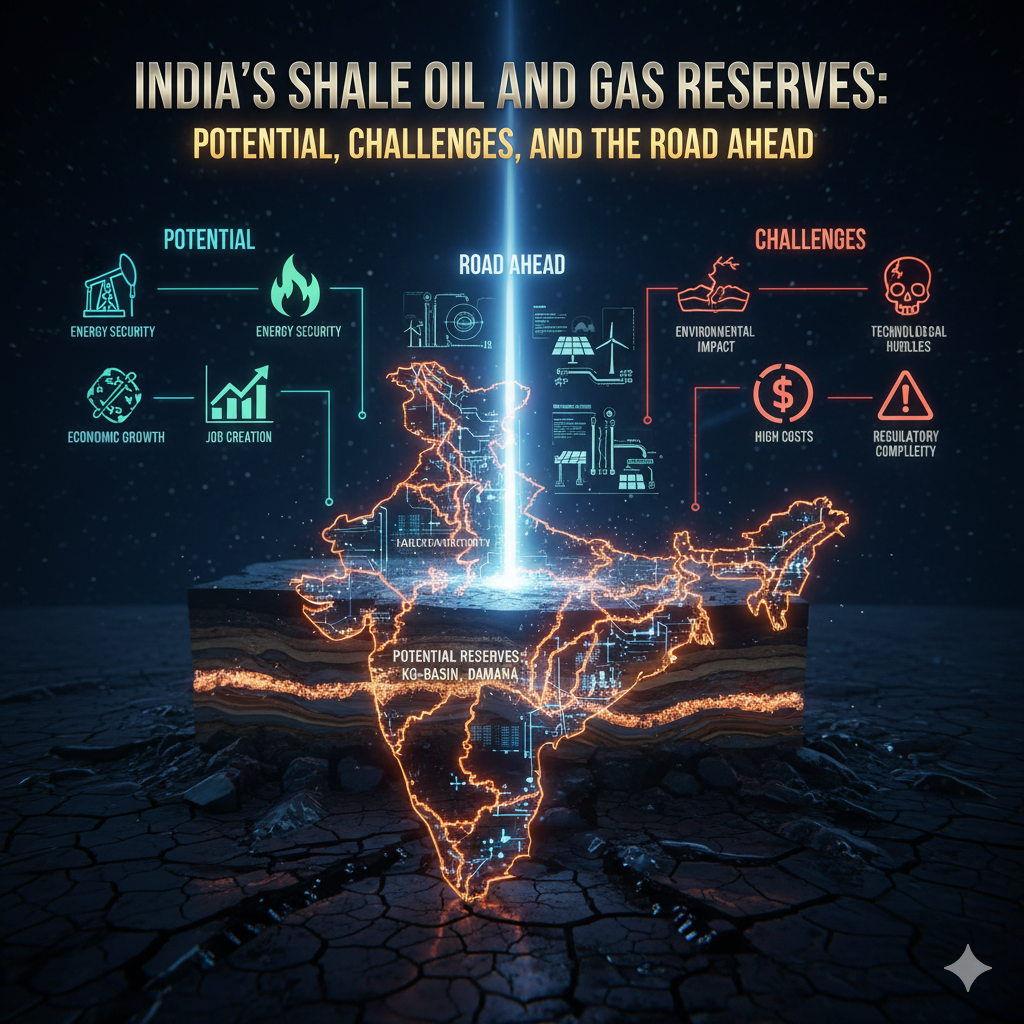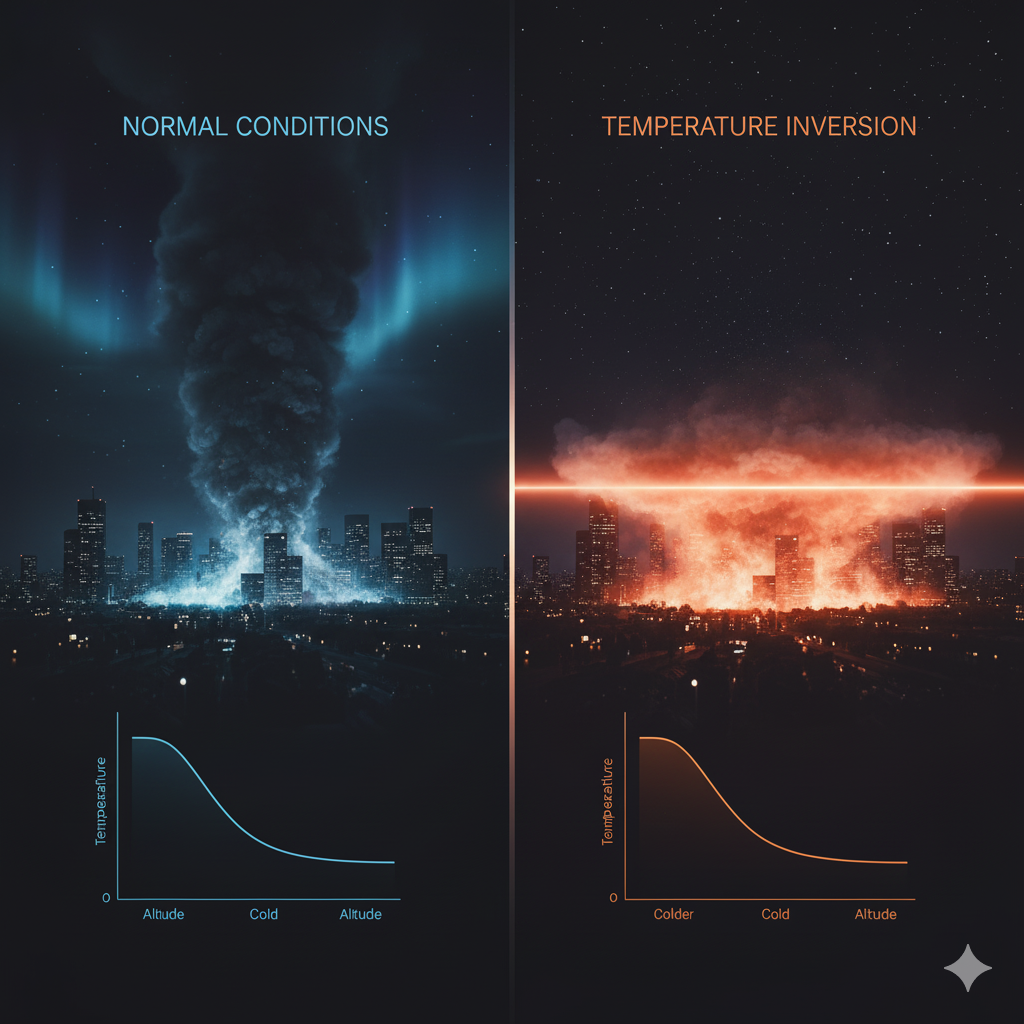Introduction to Cyclones
A cyclone is a large-scale air mass that rotates around a strong center of low atmospheric pressure. It is characterized by inward spiraling winds, which rotate counterclockwise in the Northern Hemisphere and clockwise in the Southern Hemisphere due to the Coriolis effect. Cyclones are classified into different types based on their formation region and characteristics, with the two main types being tropical cyclones and temperate cyclones.
Tropical cyclones develop over warm ocean waters near the equator, while temperate cyclones, also known as mid-latitude or extratropical cyclones, form in the middle and high latitudes, usually between 30° and 60° latitude. Temperate cyclones play a crucial role in global weather patterns and significantly impact the climate of temperate regions.
Causes and Origin of Temperate Cyclones
Temperate cyclones originate due to the interaction of contrasting air masses, the influence of the Coriolis effect, and the presence of upper atmospheric disturbances. Several factors contribute to their formation:
1. Meeting of Contrasting Air Masses (Frontal Theory)
One of the most important causes of temperate cyclone formation is the interaction of warm and cold air masses. These air masses differ in temperature, pressure, and humidity levels.
- Polar Air Mass: Cold, dense air originating from higher latitudes.
- Tropical Air Mass: Warm, moist air originating from lower latitudes.
When these two contrasting air masses meet along a front (either a warm front or a cold front), a zone of instability is created. This results in the formation of a low-pressure system, which eventually develops into a temperate cyclone.
2. Role of the Polar Front and the Jet Stream
The polar front theory, proposed by Norwegian meteorologists, explains how temperate cyclones originate along the polar front. This is a boundary separating cold polar air and warm tropical air. The interaction at this front generates instability, leading to the development of cyclonic disturbances.
Additionally, the jet stream, a high-speed wind current in the upper atmosphere, plays a significant role in deepening the low-pressure system, further intensifying the cyclone.
3. Coriolis Effect and Cyclonic Rotation
The Coriolis force, caused by Earth’s rotation, influences the movement of winds and contributes to the development of cyclonic rotation. In the Northern Hemisphere, the winds spiral inward counterclockwise, whereas in the Southern Hemisphere, they spiral clockwise.
Without the Coriolis effect, air masses would move directly from high-pressure to low-pressure areas without rotation, preventing cyclones from forming.
4. Upper-Level Disturbances and Divergence
The upper troposphere plays a crucial role in cyclone development. When upper-level disturbances, such as troughs in the westerly jet stream, create divergence (air moving apart), it causes rising air at the surface. This leads to the intensification of a low-pressure system, strengthening the temperate cyclone.
5. Occlusion and Cyclone Maturity
As the cyclone progresses, the cold air mass moves faster than the warm air mass, eventually overtaking it. This results in the formation of an occluded front, where warm air is lifted above the surface. The occlusion process leads to the weakening of the cyclone as the temperature contrast between the air masses diminishes.
Structure of a Temperate Cyclone
A temperate cyclone typically consists of the following key components:
- Warm Front – A zone where warm air gradually ascends over cold air, bringing moderate rainfall and overcast conditions.
- Cold Front – A boundary where cold air aggressively pushes under warm air, leading to heavy rainfall and thunderstorms.
- Occluded Front – A later stage in cyclone development where warm air is lifted completely off the ground.
- Low-Pressure Center – The core of the cyclone where winds converge and ascend, causing cloud formation and precipitation.
- Wind Circulation – Counterclockwise (Northern Hemisphere) or clockwise (Southern Hemisphere) due to the Coriolis effect.
Life Cycle of a Temperate Cyclone
A temperate cyclone follows a well-defined life cycle consisting of the following stages:
- Initial Stage (Wave Formation): A disturbance develops along the polar front, leading to the formation of a wave-like structure.
- Mature Stage (Full Cyclone Development): The warm and cold air masses interact, creating distinct warm and cold fronts. Precipitation is widespread.
- Occlusion Stage: The cold front overtakes the warm front, lifting warm air off the ground and cutting off its energy supply.
- Dissipation Stage: The temperature contrast reduces, and the cyclone weakens as it loses strength.
Effects of Temperate Cyclones
Temperate cyclones have significant impacts on weather and climate, particularly in mid-latitude regions:
1. Weather Changes
- Heavy rainfall, thunderstorms, and snowfall (depending on temperature)
- Cloud formation and overcast conditions
- Temperature fluctuations due to cold and warm air interactions
2. Impact on Agriculture
- Moderate rainfall can benefit crops, but excessive rainfall can cause flooding and soil erosion.
- Snowfall in winter disrupts farming activities.
3. Influence on Transportation
- Storms and heavy snowfall can lead to roadblocks, flight cancellations, and railway disruptions.
- Maritime transportation is affected due to rough seas.
4. Economic and Social Impact
- Severe storms cause property damage, power outages, and infrastructure destruction.
- Disruptions in daily life, business, and supply chains.
Differences Between Temperate and Tropical Cyclones
| Feature | Temperate Cyclone | Tropical Cyclone |
|---|---|---|
| Formation Region | Mid-latitudes (30°-60°) | Tropical regions (5°-30°) |
| Cause | Front interaction of warm and cold air masses | Warm ocean waters and low pressure |
| Structure | Has warm front, cold front, occluded front | Symmetric structure with an eye |
| Energy Source | Temperature contrast between air masses | Latent heat from ocean evaporation |
| Duration | A few days to a week | Can last more than a week |
| Wind Speed | Moderate to high (not as intense as tropical cyclones) | Very high wind speeds (hurricanes, typhoons) |
| Associated Weather | Rain, thunderstorms, snow | Heavy rain, strong winds, storm surges |
Conclusion
Temperate cyclones play a vital role in global weather patterns, influencing temperature, precipitation, and climate in mid-latitude regions. They develop due to the interaction of contrasting air masses along the polar front, with the Coriolis force, jet streams, and upper-level disturbances aiding their formation and intensification.
While temperate cyclones are essential for redistributing heat and moisture across the globe, they also pose challenges, such as severe storms, heavy snowfall, and economic disruptions. Understanding their causes and effects can help improve forecasting techniques and disaster preparedness strategies, minimizing their negative impact on human life and infrastructure.




